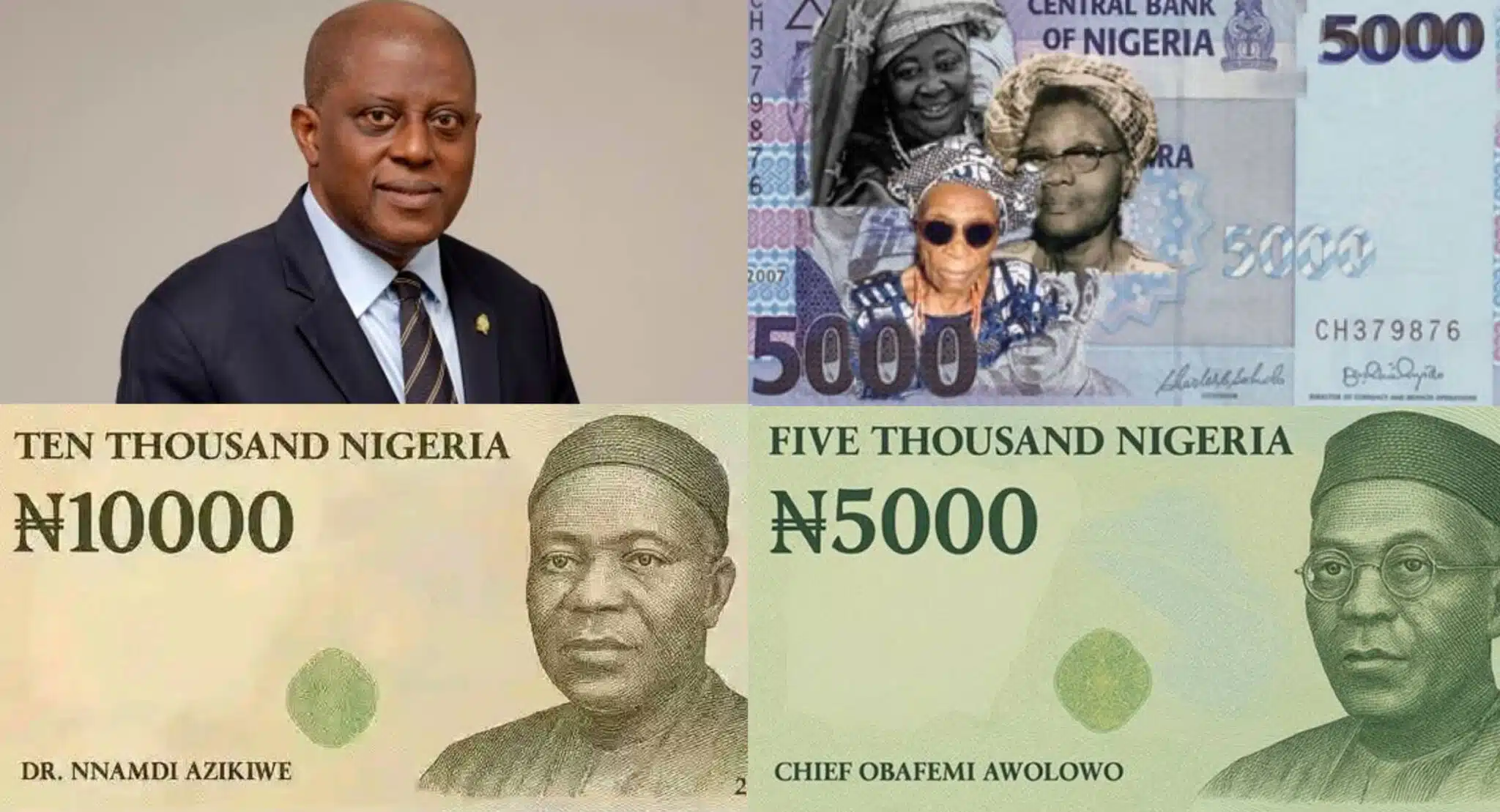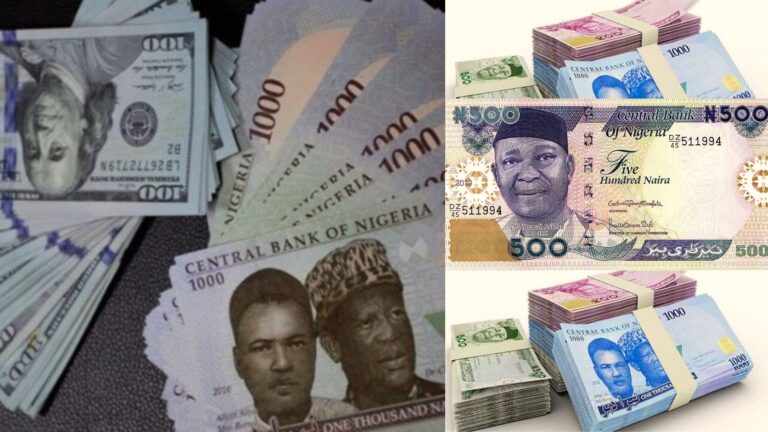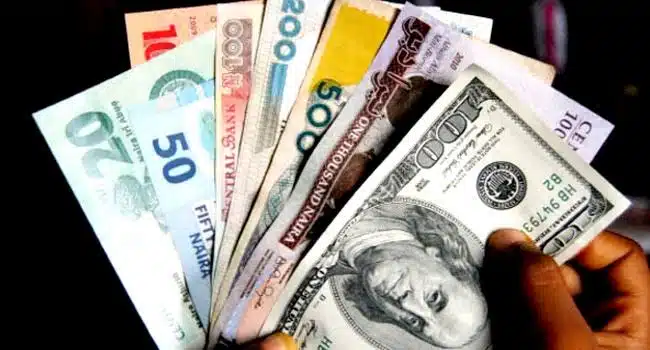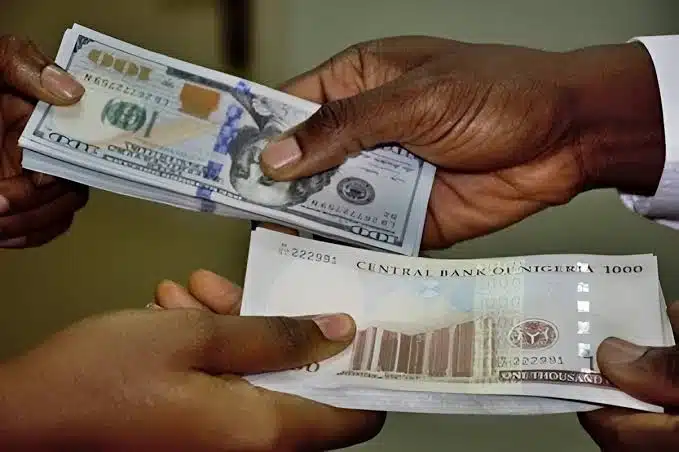
Introduce ₦10,000, ₦20,000 notes – Quartus Economics tells CBN
A new report by Quartus Economics has advised the Central Bank of Nigeria (CBN) to introduce higher-value currency notes such as ₦10,000 (₦10k) and ₦20,000 (₦20k) to make the naira more practical and portable.
The report, titled “Is Africa’s Eagle Stuck or Soaring Back to Life?”, stated that the continuous fall in the naira’s value has made the ₦1,000 note—Nigeria’s highest denomination—nearly useless in real purchasing terms.
Report Highlights Naira’s Sharp Decline
According to the analysts, a ₦5,000 note that was once proposed in 2012 would now be equal to a ₦50,000 note today, following a 94 per cent drop in the naira’s real value over the past two decades.
The report dismissed claims that introducing higher-value notes would worsen inflation, saying such fears are “a myth unsupported by evidence.”
It explained that inflation is driven by cost-push and demand-pull factors, not the value of currency denominations.
“Countries introduce higher-value notes to maintain portability after a period of significant currency depreciation, not to trigger inflation,” the study clarified.
Everyday Transactions Becoming Burdensome
When the ₦1,000 note was introduced in 2005, it was worth about $7 at the official exchange rate. Today, it is valued at less than 60 US cents, highlighting the naira’s severe loss of strength.
Quartus Economics noted that this has made transactions cumbersome, especially in the informal sector where cash dominates.
Traders, artisans, and rural buyers now carry large amounts of cash for simple purchases that could be easily handled with higher-value notes.
The report also warned that the cost of printing, transporting, and securing lower-value notes has become increasingly expensive for the CBN.
A Call for Modernisation
“Outside the formal sector and the urban elite, the naira’s heavy weight is a drag on the economy and slows down growth,” the report stated.
It argued that introducing ₦10,000 and ₦20,000 notes—or redenominating the currency entirely—would improve transaction efficiency, cut printing costs, and align Nigeria’s currency system with those of other emerging economies.
The idea of higher-value notes is not new. The CBN once proposed a ₦5,000 note in 2012 under then-Governor Sanusi Lamido Sanusi, but the plan was dropped after public opposition. Quartus Economics insists the policy still makes sense today given the naira’s drastic decline.
Reflecting Economic Realities
The report stressed that the proposed measure is not about printing more money, but about modernising the naira to reflect present economic realities.
It cited everyday items—like a kilogram of imported rice rising from ₦150 in 2005 to ₦2,500 today, and domestic flight tickets climbing from ₦12,000 to ₦150,000—as proof of how much the naira has lost its purchasing power.
“These indicators show how much the naira has lost its purchasing power, and a higher-value note is needed to make the naira portable,” the report concluded.







